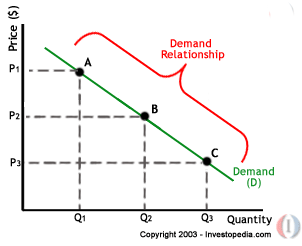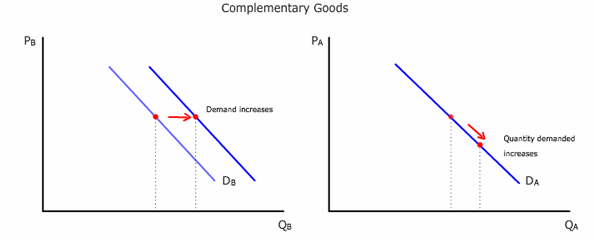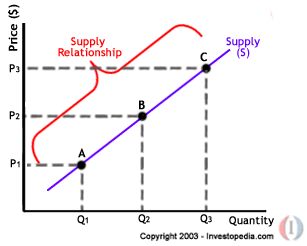|
K
What I know
|
W
What I want to know
|
L
What I learned
|
|
Write the information about
what you know in this space
|
Write the information about
what you want to know in this space.
|
After the completion of the
lesson or unit, write the information that you have learnt in this space.
|
|
-
The definition of complement and how being
complements will affect the prices of both goods.
-
Price
affects demand indirectly.
-
When
price increases/decreases, there will be a movement in the demand/supply
curve, NOT a shift.
|
-
How large the extent of effect that will
happen when prices of complements affect each other.
-
How price affects demand is shown.
|
-
I
learned that being complements, one good will be affected by the other as the
price, demand and supply of a good is affected.
-
A change in the price leading to a change
in the quantity demanded is shown by the movement along the demand curve,
assuming ceteris paribus.
-
Demand curve is affected by price and non-price
factors.
- Demand and supply can affect the movement/ shift in curves differently.
|
Mumbai: Domestic merchant banker Avendus Capital on Monday partnered with private equity fund Zodius Capital to invest up to $500 million in late-stage technology companies.
The investments will be made in India-centric digital and SMAC (social, mobile, analytics and cloud) companies in late stage or before an initial public offering (IPO) over the next three-four years, a statement said.
The fund, to be called as Zodius Capital II, follows an earlier fund called Zodius Capital I which is focused on early-stage investments, it said.
The new fund will focus exclusively on the technology sector for a shorter investment period of up to two years, it said, adding that investments will be done in three tranches of up to $150 million each.
Courtesy its focus on investing in companies from which it can exit soon, it is also offering a shorter investment cycle of under seven years for the investors as against the normal practice of over ten years.
“We have joined hands at a time when digital and SMAC businesses across the world are eliciting exceptional and rightly deserved investment interest,” Avendus’ co-founder Ranu Vohra said.
Avendus is entering the partnership through its subsidiary Alternate Asset Management. Zodius, which typically ‘develops’ one company every six months, has previously invested in companies like Group FMG, ZyFin, Antuit and Enki Professional, the statement said. PTI






